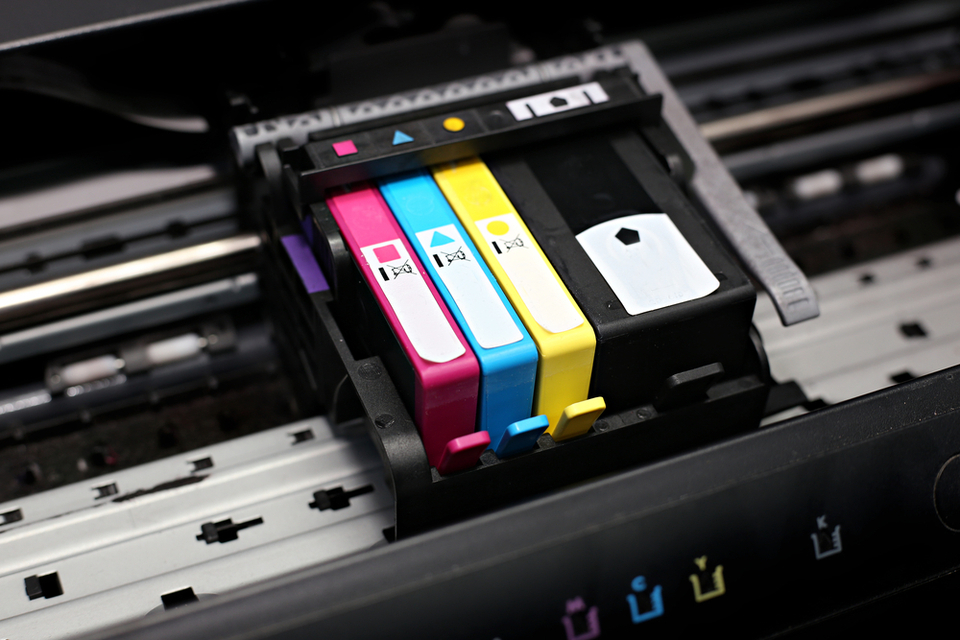MIT researchers have found a way to convert soot, or the black carbon contained in polluted air into industrial grade paint and ink. The same team has built a printer that runs on their soot ink.
Printer manufacturers make so more of consumables than printers themselves that it’s often cheaper to get a new printer than replacing the ink cartridge. Yet, the economic cost of printer ink is the least of concerns compared to the environmental impact of ink production process.
Graviky Labs boasts they've recycled 1.6 trillion liters of polluted air.Click To TweetHitting Print Button is an Ecotoxic Gesture
In the US, it’s estimated that 8-13 ink cartridges are discharged every second, or over 1 million cartridges per day, with only one in five-hundred being recycled.
Once in the landfill, the components of an empty cartridge may take up to 1,000 years to decompose completely. The ingredients contained in ink–VOCs such as iron oxide, aluminum, arsenic and silver nitrate–are extremely toxic to the environment. Breathing these components, which can make up soot, can contribute to chronic disease.
There are botanical-based inks available in the market, where natural oils are used as components alongside resins and other additives. However, the number and quantities of renewable materials that can be used in printing inks are limited. Also, renewable materials aren’t always as efficient.
Converting Soot Into Industrial Grade Black Printer ink
In some crowded cities around the world, air is so polluted that visible traces can be seen on buildings and even on people’s clothes and skin. It’s from this observation that researchers at MIT’s Media Lab went on to develop a printing ink from carbon in the polluted air.
Led by Anirudh Sharma, a student and research assistant for the Fluid Interfaces Group at MIT, researchers developed an aspiration and filtration machine that recycles black carbon from air and converts it into black printer ink. Sharma’s 96dpi print platform, called KAALA, is built around an HP C6602 inkjet cartridge, interfaced with Arduino board and a soot-catching pump to supply the ink.
Some might call this a breakthrough. Yet, in fact, this process has been known for no less than 2,000 years. In China, ink artists burn certain trees to recover soot from the smoke and then use it to make ink.
KAALA, which can be mounted on tailpipes and exhaust pipes, absorbs and filters the polluted air to recover the soot which is then purified (from toxic ingredients) and mixed with vegetable oils to obtain black printer ink.
The research team spun KAALA into a company, Graviky, and since then, they estimate that they’ve recycled and converted 1.6 trillion liters of air into ink. Currently, they are running a Kickstarter for AIR-INK, the world’s first ink made out of air pollution, and until now have raised over $40,000 USD from hundreds of backers.



















Comments (0)
Most Recent